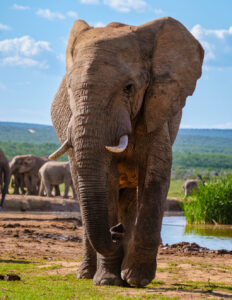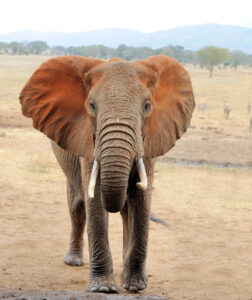Elephants, with their majestic size and gentle demeanor, have fascinated humans for centuries. These magnificent creatures have roamed the Earth for millions of years, leaving behind traces of their existence in various parts of the world. But where exactly are elephants native to? In this article, we delve deep into the natural habitats of elephants, exploring the regions they call home and the challenges they face in these environments.
Key Takeaways
- Elephants are native to Africa and Asia.
- There are three main species of elephants: African bush elephants, African forest elephants, and Asian elephants.
- Elephants play a crucial role in maintaining the ecological balance of their habitats.
- Habitat loss and poaching are significant threats to elephant populations.
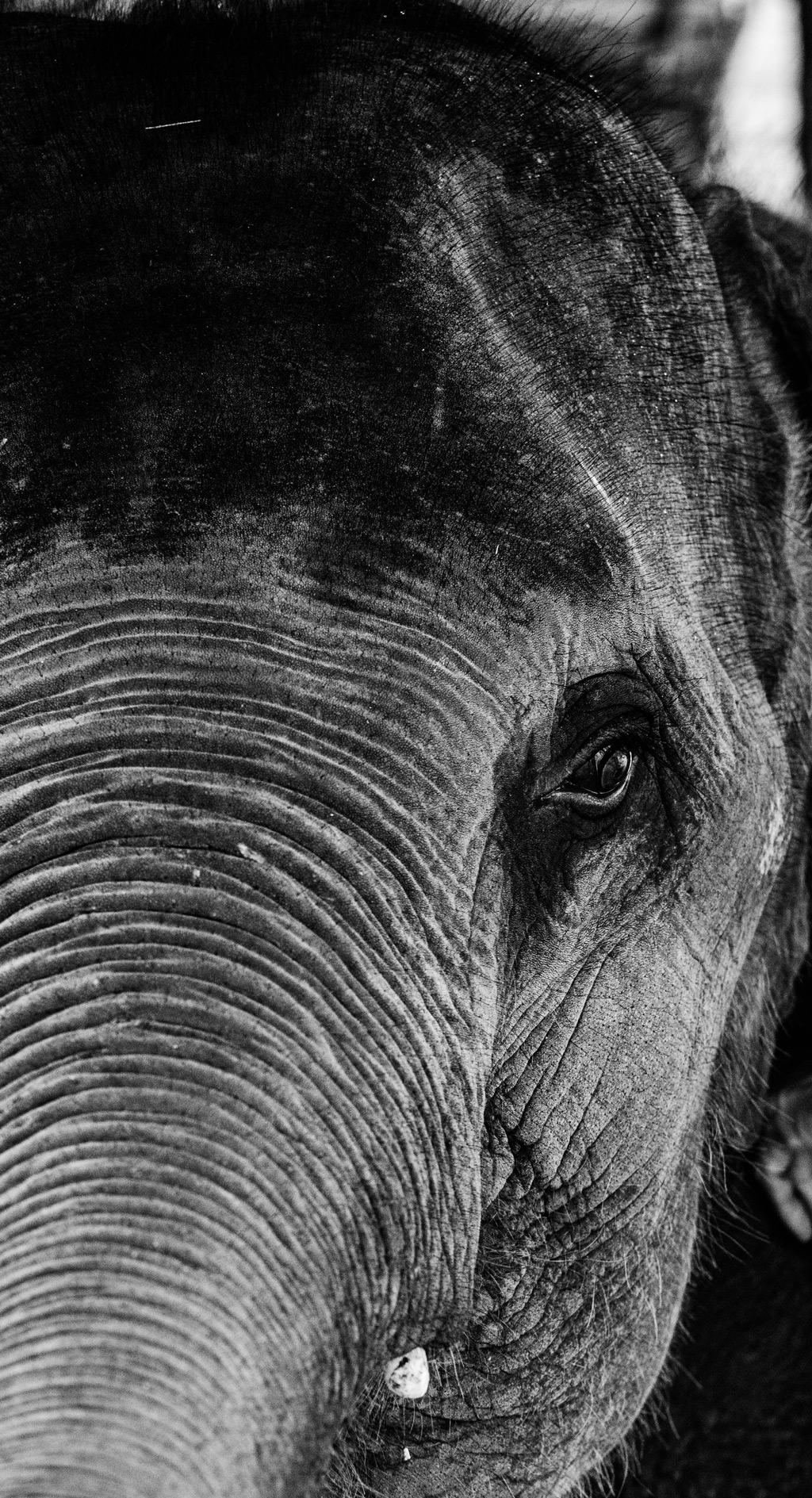
The African Continent: Home to the Majestic Giants
African Bush Elephants
The African bush elephant, also known as the African savanna elephant, is the largest of all elephant species. Native to various parts of the African continent, they predominantly inhabit the vast savannas, grasslands, and deserts. These elephants are known for their large ears, which help dissipate heat, and their long tusks, which can grow up to 2.5 meters in length.
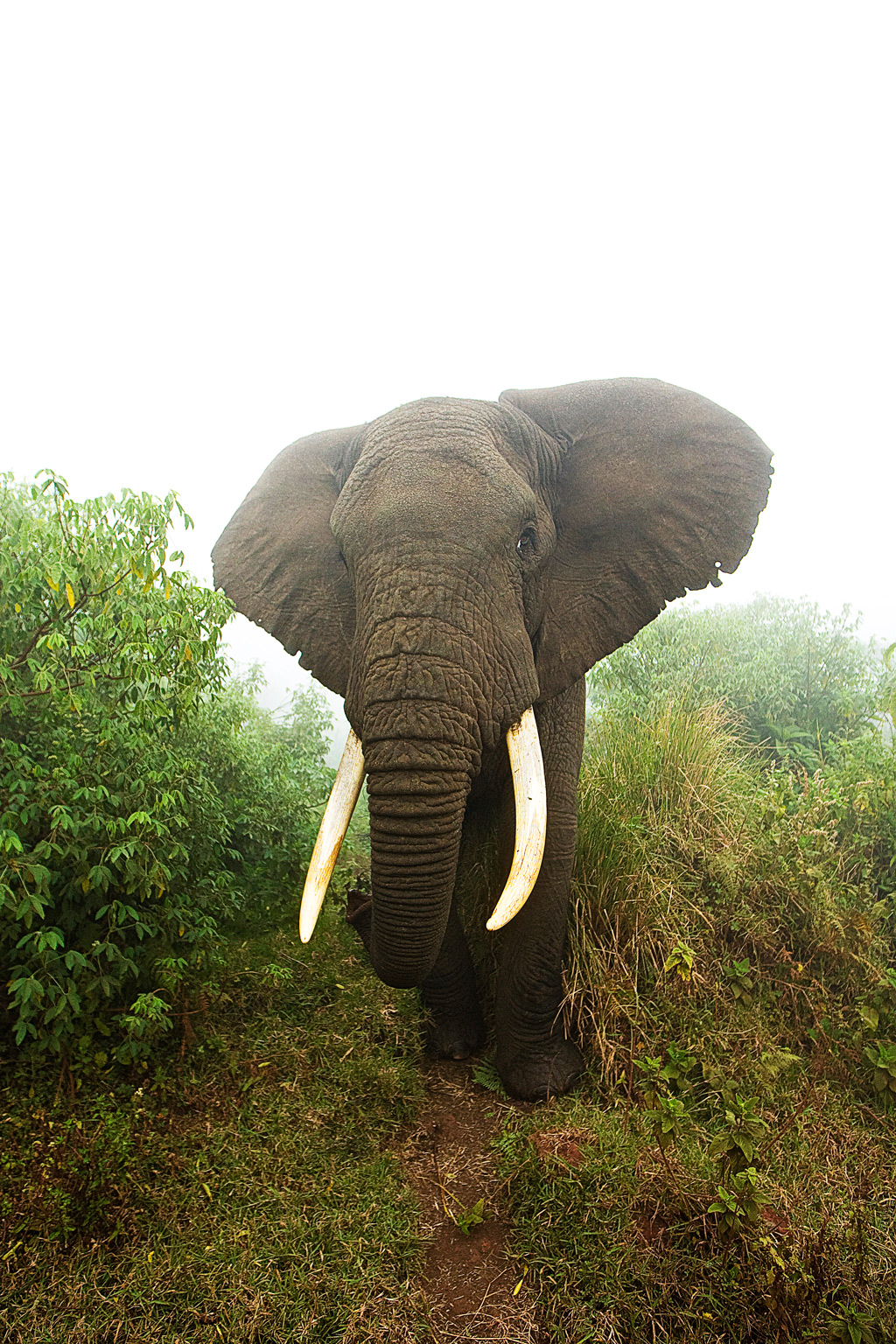
African Forest Elephants
Contrary to their bush counterparts, the African forest elephants are smaller and are native to the dense rainforests of central and West Africa. Their ears are more rounded, and their tusks are straighter, adapted to navigate the thick forests. These elephants play a vital role in seed dispersal, ensuring the regeneration of the forest.
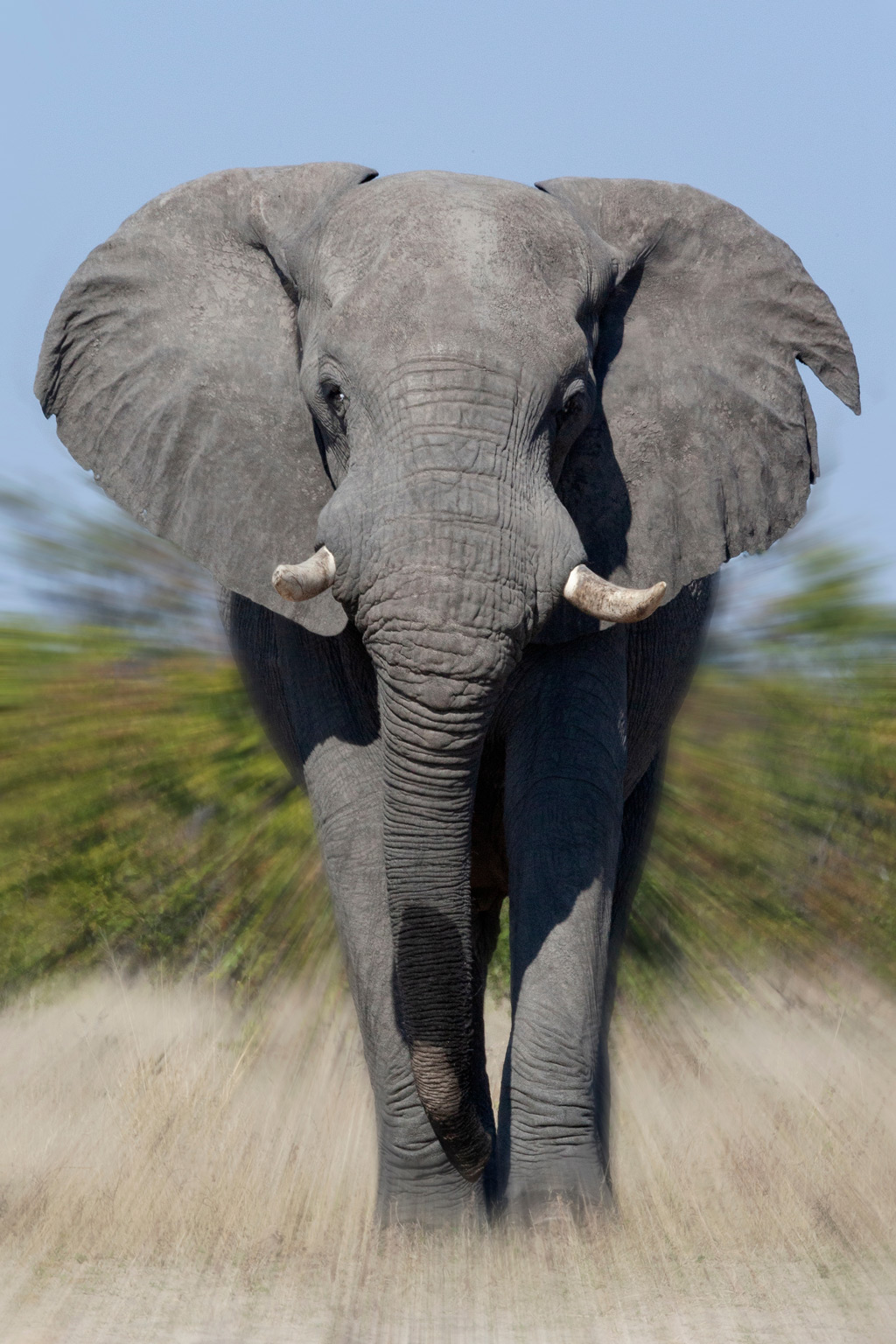
Asia: The Land of Diverse Elephant Habitats
Asian Elephants
Asian elephants, though smaller than African elephants, are equally majestic. They are native to a range of habitats across Asia, from the grasslands of India to the rainforests of Borneo and Sumatra. Unlike their African counterparts, only male Asian elephants have tusks. These elephants have a significant cultural and religious significance in many Asian countries, often symbolizing wisdom and power.
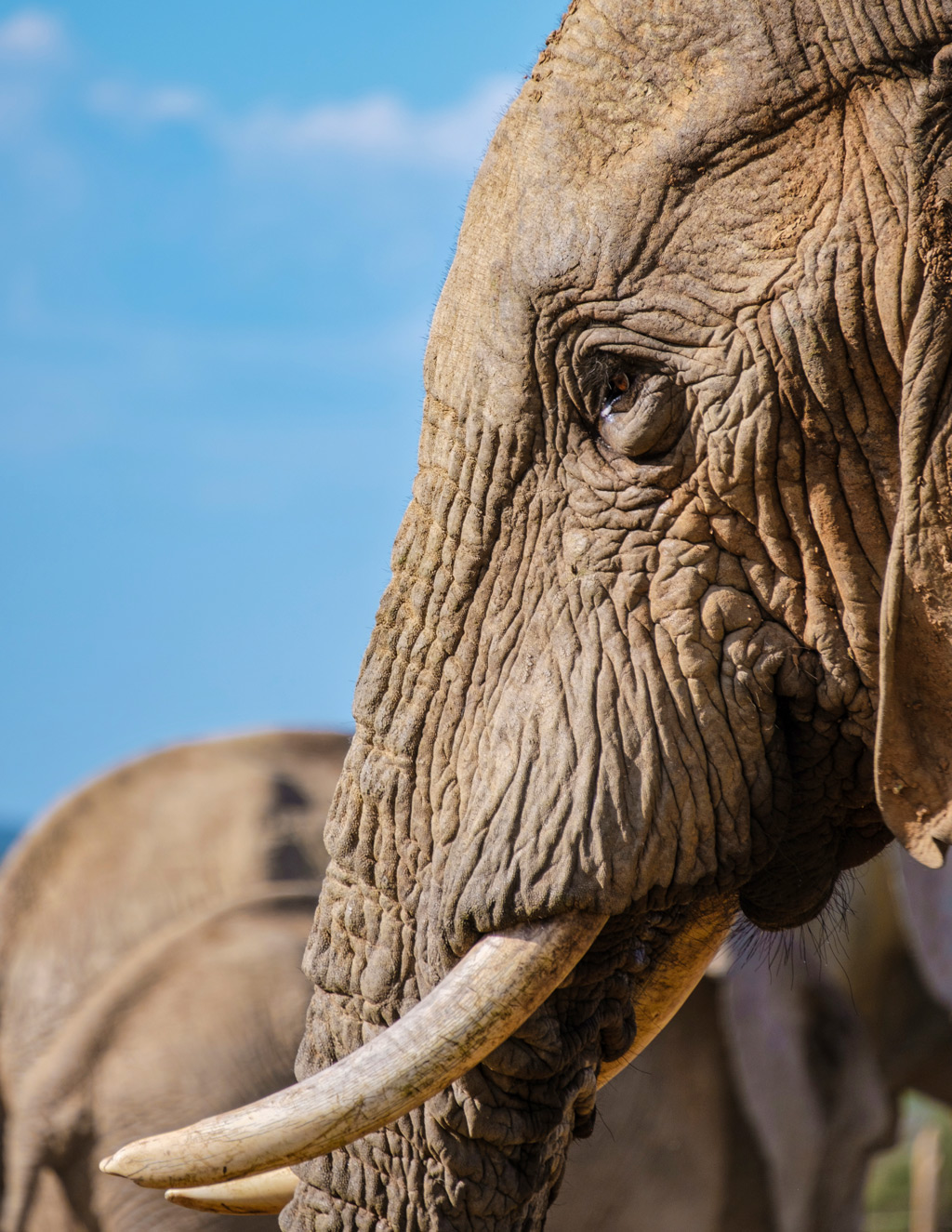
Challenges Faced by Elephants in Their Native Habitats
Both African and Asian elephants face numerous challenges in their native habitats. The primary threats include:
- Habitat loss: Due to urbanization and deforestation, elephants are losing their homes at an alarming rate. This loss forces them to venture into human settlements, leading to human-elephant conflicts.
- Poaching: Elephants are hunted for their ivory tusks, meat, and hides. Despite international bans on ivory trade, illegal poaching remains a significant threat to elephant populations.
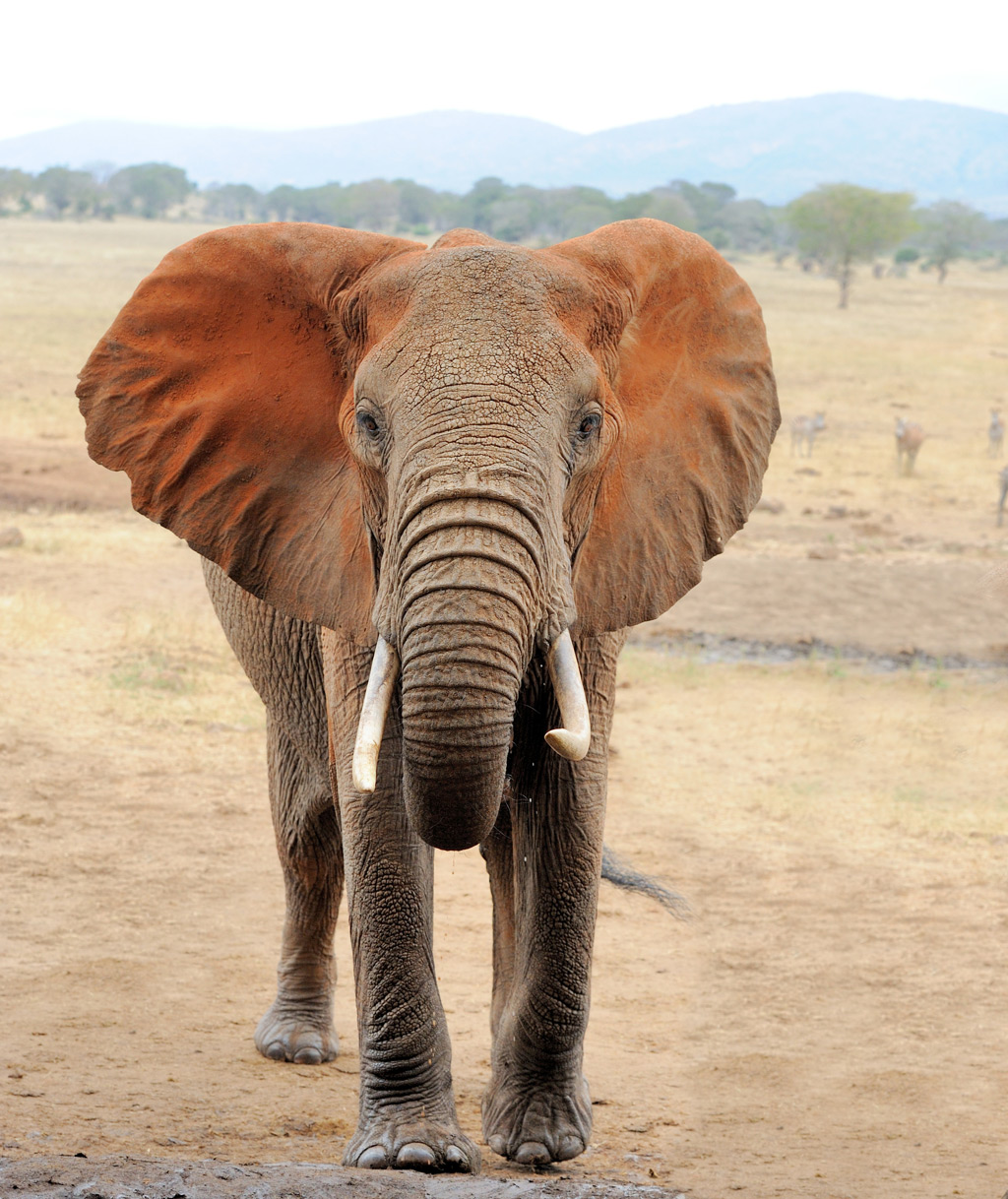
The Role of Elephants in the Ecosystem
Elephants are often referred to as "ecosystem engineers" because of the crucial role they play in maintaining the ecological balance of their habitats. Some of their contributions include:
- Seed dispersal: Elephants consume a variety of fruits and disperse the seeds through their dung, aiding in forest regeneration.
- Landscaping: By uprooting trees and trampling grasses, elephants help create clearings in forests, allowing new plants to grow and providing habitats for other species.
- Water source creation: Elephants dig water holes, benefiting other animals during dry periods.
The Cultural Significance of Elephants
Throughout history, elephants have held a special place in the hearts and minds of people across different cultures. Their majestic presence, combined with their gentle nature, has made them symbols of strength, wisdom, and royalty.
Elephants in Religion and Mythology
In many Asian cultures, especially in India, elephants are revered and considered sacred. The Hindu god Ganesha, depicted with an elephant's head, is a symbol of wisdom, prosperity, and good fortune. Elephants also play a significant role in Buddhist traditions, symbolizing mental strength and endurance.
H3: Elephants in Art and Literature
From ancient cave paintings to modern-day movies, elephants have been a source of inspiration for artists and writers alike. Their majestic presence and intricate social structures have been captured in various forms of art, showcasing their importance in human history.
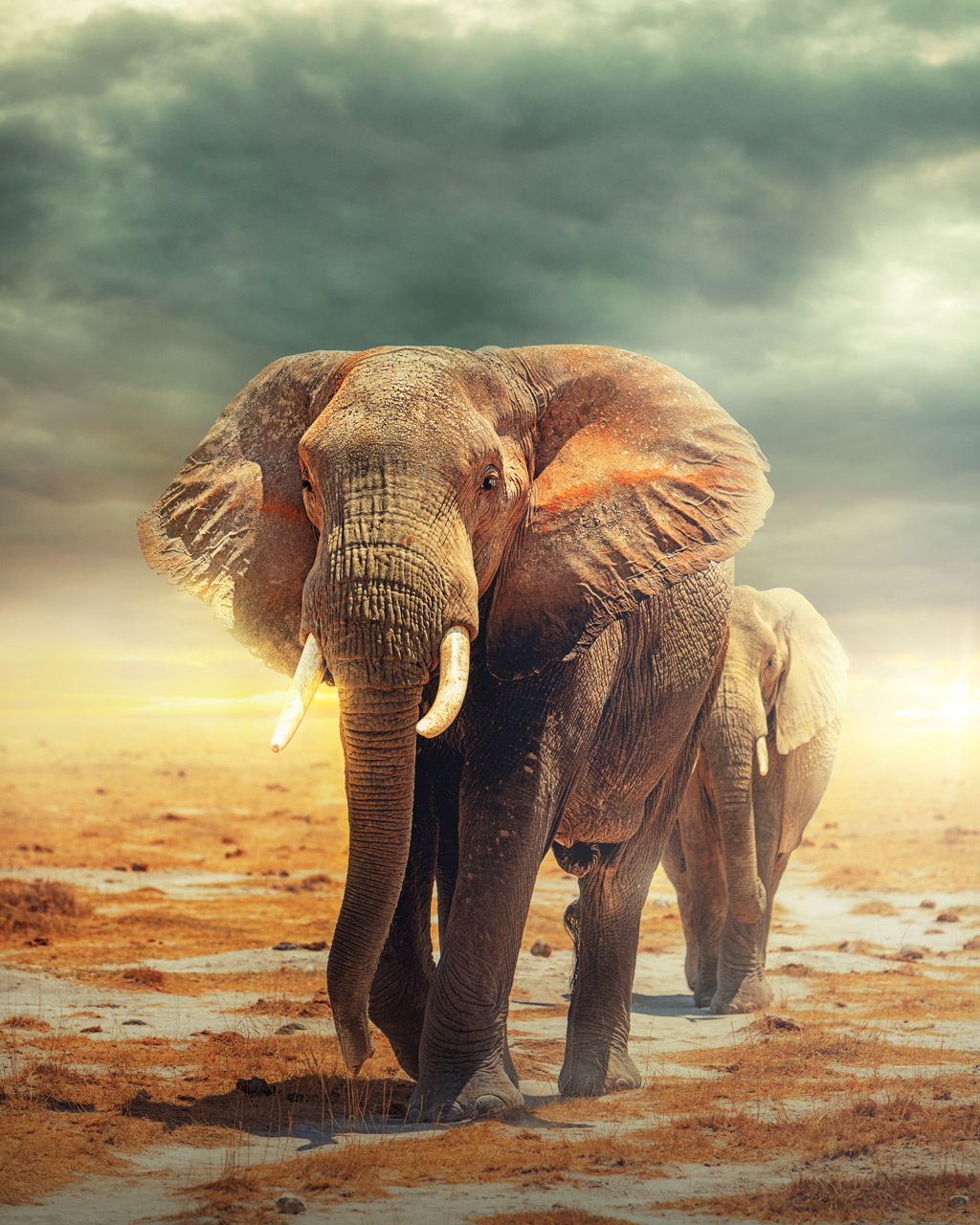
Conservation Efforts for Elephants
With the increasing threats of habitat loss and poaching, conservation efforts have become crucial for the survival of elephants. Various organizations and governments are working tirelessly to ensure these magnificent creatures continue to roam our planet.
Protected Reserves and National Parks
Many countries have established protected reserves and national parks to provide safe habitats for elephants. These areas not only ensure the safety of elephants but also contribute to biodiversity conservation.
Anti-Poaching Initiatives
To combat the illegal ivory trade, several anti-poaching initiatives have been launched worldwide. These initiatives involve training rangers, using technology to track elephant movements, and raising awareness about the adverse effects of poaching.
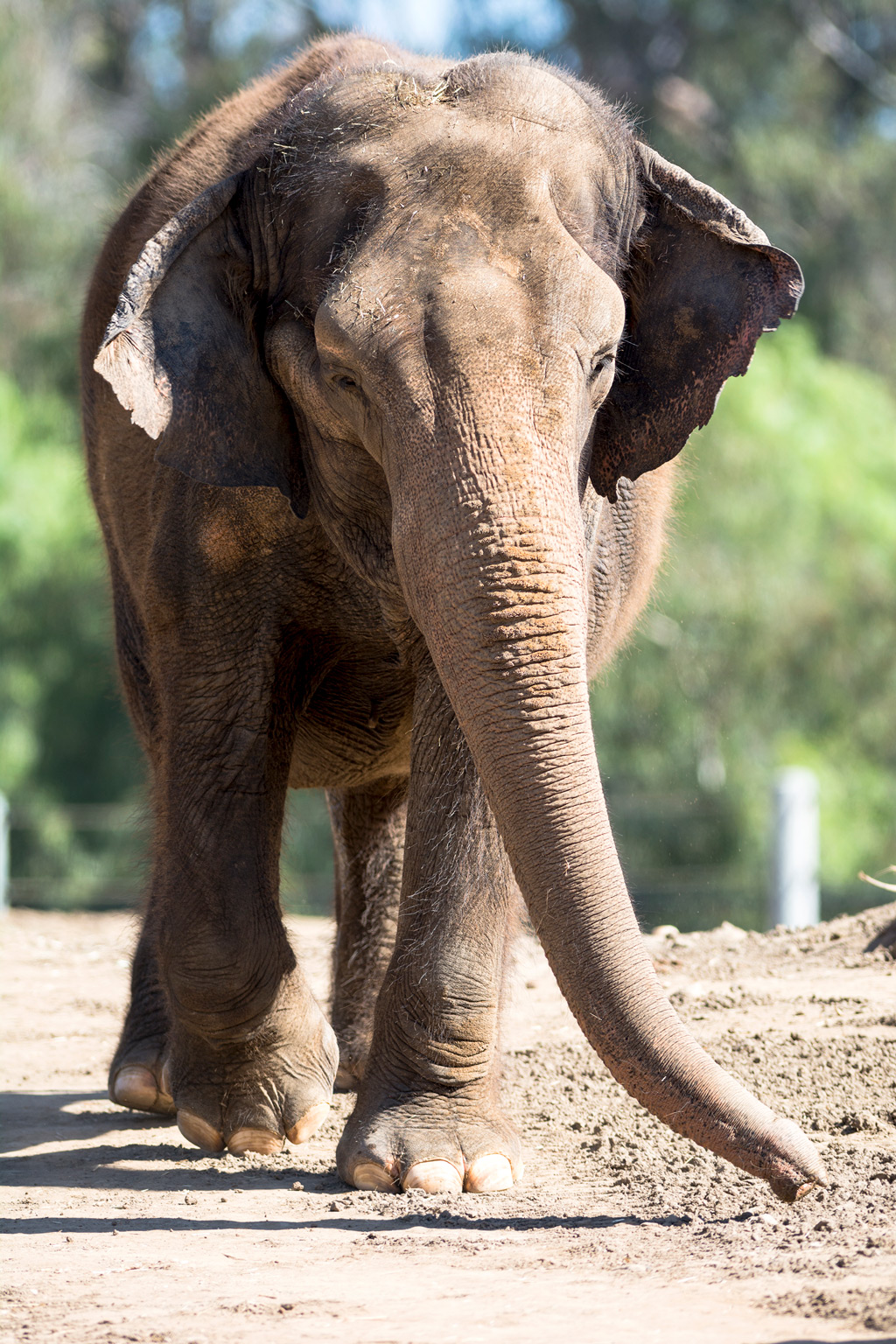
Frequently Asked Questions
How long do elephants live?
Elephants have a lifespan similar to humans, living up to 60-70 years in the wild. However, in captivity, their lifespan can be significantly shorter due to stress and lack of natural habitat.
What do elephants eat?
Elephants are herbivores and consume a wide variety of vegetation, including grasses, fruits, and bark. An adult elephant can eat up to 300 pounds of food in a single day!
Are elephants endangered?
Yes, both African and Asian elephants are considered endangered due to habitat loss, poaching, and human-elephant conflicts. Conservation efforts are ongoing to protect these majestic creatures.

